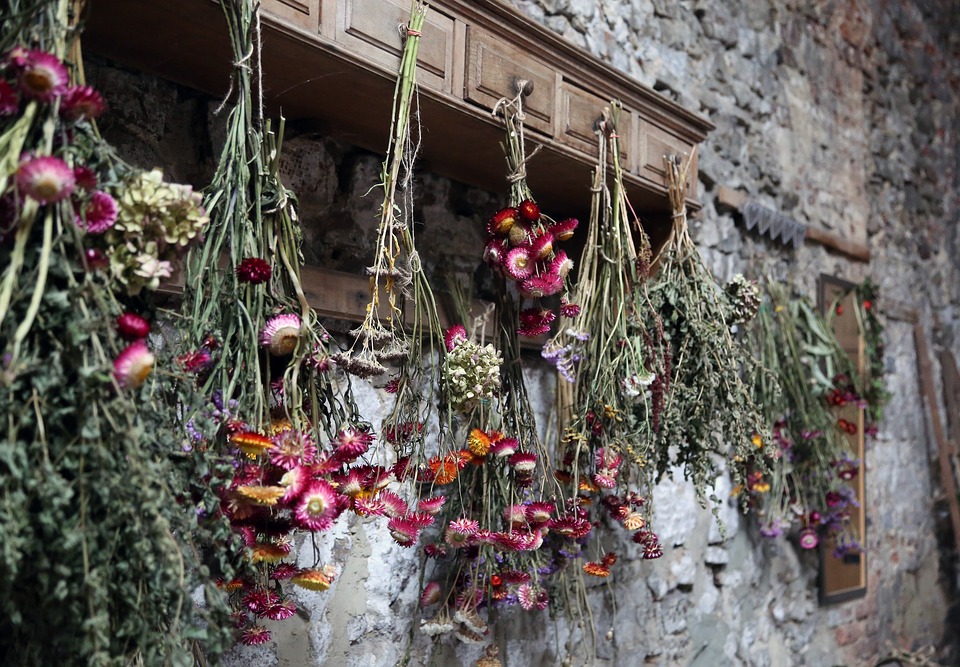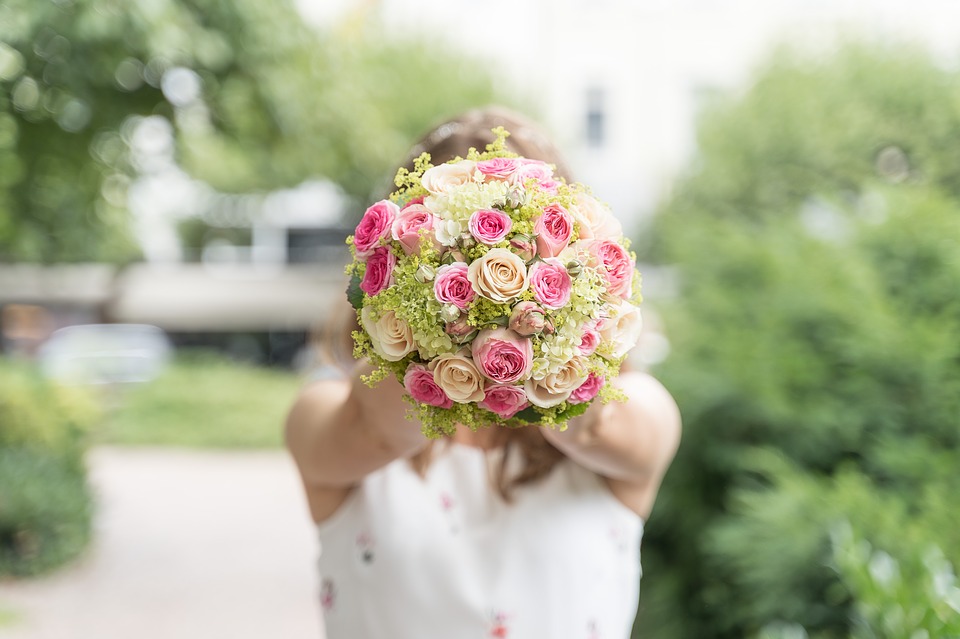Have you ever wanted to keep your wedding flowers well past their expiration date? The floral is a big investment and protecting this beautiful display for years to come is a modern idea.
Numerous researchers accept the idea that human’s interest with blossoms originates from old history when we as a species would recall where blooming plants developed as they would in the end bud into an edible product. Drying blossoms to keep them longer has around as long as we have been gathering them.
Old Egyptians relied upon blossoms new and dried to make antiquated aromas and beauty care products. Many blooms were safeguarded close by preserved bodies to send into eternity with friends and family.
During the Middle Ages, most societies accepted that terrible stenches made illness. Frequently in beneficiary interest to deflect terrible smells they turned out to be progressively clean and eliminated microbes which sustained their conviction.
Herbs and blooms called tussie-mussies were frequently used to conceal terrible smells, including those during the Black Plague.
Presumably, a standout amongst the most persuasive periods in history when it came to blooms was the Victorian time, a general public so focused on standards they even made an arrangement of language for blossoms that is as yet utilized today. Victorian ladies made botanical wreaths and utilized dried blooms. Blooms were likewise dried to add to adornments, fans and glove, a system being reawakened again today.
Pressed

Not surprisingly one of the great techniques for flower conservation has its foundations in the Victorian time.
People used to utilize books and comparative items for botanical squeezing, however, current professional institutions and businesses can utilize hardware such as museum quality glass with a UV Factor of 97% to guarantee enduring shading transforming the level blossom into a masterpiece.
Ventilated Zones

There are a bunch of air-drying strategies utilized depending upon the kind of bloom being dried. One of the most effortless and most established methods utilized requires packaging grouping of similar kinds of blossom together upside down and leaving them in the outdoors out of direct daylight. The blooms are typically stumbled to permit airflow.
Drying chamber

Thick blossoms like Marigolds, Cornflowers and Zinnias, for the most part, need extra help with regards to drying. Drying with fans and a convection chamber with vents help the drying procedure become progressively steady. Blooms must be dried at low temperatures over a long timeframe to avoid over-drying.
Freeze drying

Freeze drying was made in the mid-1800s by William Hyde Wollaston who at the time worked for the Royal Society in London, yet it wasn’t until the ‘80s that this procedure was utilized on blooms.
The procedure includes solidifying the blooms at -263.15 Celsius for 12 hours. A vacuum-like siphon pulls the dampness from the blooms. This procedure enables the blooms to keep up their shape and color. This process is offered at a handful of locations in the Dayton area for memorial services and weddings.
Most practices and preservation strategies require the blooms to be secured in impenetrable holders and as a standard leave the blossoms fragile to the touch.
While these administrations are moderately new with regards to the wedding business, much the same as snapping a picture, current methods in flower protection process catch a memory in time.
James Novotny
Staff Writer


